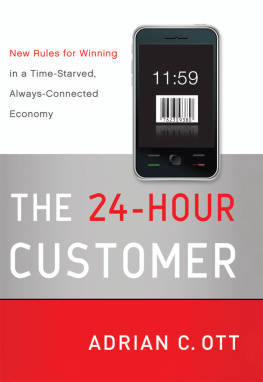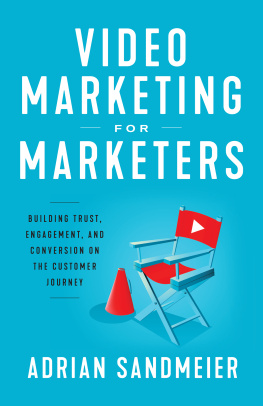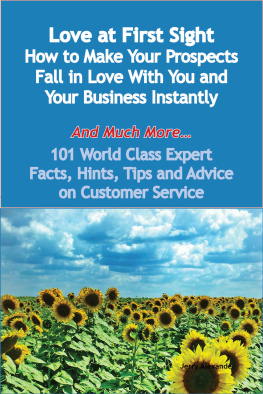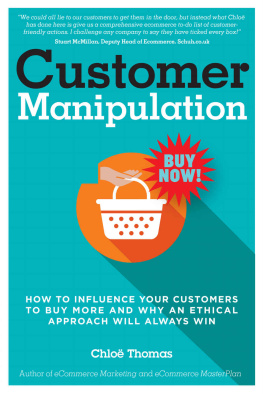Everyone on the Internet says they are worried about security. From financial information to family photos, our most precious information is stored on our computers. Cybercrime and identify theft are certainly things to worry about. The digital black market is thriving. A cybercrime is committed every quarter of a second, every day of the year. In fact, one of every five online shoppers in the United States will be a victim of a cybercrime. Worrying statistics all.
On the other hand, a major factor in consumer decisions on Internet security software is what program was preloaded onto their computer or what advice they were offered by sales people or other customers in the store.
What explains this phenomenon of customers expressing a great deal of concern but not necessarily taking the time to evaluate products that will alleviate those concerns? I think Adrians on to it: time.
There was a day when consumers primary concerns about security software were technical product features (such as how many virus patterns were in our database and how many different types of files we could scan). Today, the primary concern is time: Who is going to allow me to stop worrying about Internet security the fastest? Who is going to get me protected without slowing my computer down?
Now this requires a great deal of trust. If customers didnt trust that Symantec was going to keep up with technology developments and new threats, then it wouldnt matter if our software was preloaded on every computer or the fastest on the planet. They wouldnt buy it at any price, even freeand free is a real option for plain-vanilla antivirus software. Customers want to set it and forget it when it comes to security software, and forgetting it requires both that they believe they are protected and that the software doesnt intrude on their attention.
When customers do start paying attention to security software, its usually associated with one of two eventstheyre purchasing a new computer or they, a friend, or a relative has been a victim of malware, identity theft, or another cybercrime. These unfortunate, and sometimes very costly, incidents focus their attention on security software, but only momentarilythey seek out a security solution that can allow them to go back to not worrying about Internet security as soon as possible.
At Symantec, weve learned that to be successful we need to understand the cycles of customer attention and the triggers that cause customers to pay more attention, but also how we can appropriately allow them to feel at ease and redirect their attention to other things.
Ive known Adrian Ott for more than 20 yearsfirst when we worked together at Hewlett Packard (HP), and then as her firm has done a series of projects for me since I came to Symantec. Over that time Ive watched her consistently see not only whats ahead, but whats around the corner or lurking in the alley. Adrian has always had a unique ability to see how several different trends are coming together to form something completely new. But more important, shes been able to help me see how to take advantage of the opportunities presented by the convergence of trends.
A good example is Adrians work on the Garage Program while we worked together at HP. We created the Garage Program to help HP build bridges to the startup community in Silicon Valley and beyond. Although HP is in many ways the original Silicon Valley startup, it was an island at that time. There was a lot of innovation happening at HP, but even more happening all around us, which we werent connected to. Adrian and her team built a program that served a dual purpose: packaging HP products in ways that would be useful to startups and help them grow their businesses, and building bridges to the entrepreneurial ecosystem, such as the venture capitalists, academic community, government entities, and incubators, to identify promising technologies that might be of interest to future HP product development efforts.
Adrian was able to build partnerships inside and outside of HPincluding with Microsoft and several national governments, as well as the more obvious connections with venture capitalists and academics. As a result of her leadership, the Garage Program business grew to $250 million in annual revenue in a short period of time. She was recognized in HPs 2000 annual report for infusing HP with new revenue streams and technology and business models.
I sincerely believe that in this book, Adrian has identified another one of these key moments when several trends converge to create something very different. Weve all felt the growing pressure of time constraints over the last two decades. Every minute we gain from productivity tools, and being able to work anywhere, seems to be canceled out by two minutes of additional demands on our time.
But very few companies seem to have responded systematically to the increasing time pressures and distractions that we all face. While there are lots of new channels and innovative marketing programs, they in the end come back to the same messages about product functionality. They arent taking into account the impact of time and attention. Social media, for instance, is a new approach to marketing but if youre using the same old messages, youre not likely to experience much success. Theres no question that there are new rulesbut figuring out what those rules are while youre running full speed, dealing with changing technology and evolving competitors and short on time, is difficult.
Later in the book youll read about one of Symantecs recent successes with the new rules: an effort to capture the time and attention of chief information officers (CIOs). Symantecs suite of corporate security and compliance tools are ranked very highly, but we had trouble getting CIO attention to focus on a company that they had wrongly equated only with antivirus software. We had to find a way to break through these CIOs time barriers so we could tell our story. We knew that if we could capture just a little time and attention, our products would be appealing and could solve the highest-priority problems of CIOs and their companies. By creating a benchmark on security and compliance, we were able to do just that. Our success with CIOs was due to understanding that our problem wasnt price or product features, it was customer time and attention. To break through the CIOs time barriers, we had to do something to convince them that they should shift their attention and spend some time with us. Shouting louder to try to get their attentionwhether that was via a very expensive advertising campaign or by cutting prices dramaticallywouldnt have worked, and it would have done damage to our bottom line.
Time and attention are equally important in the consumer market. Just one of the ways that this has affected Symantec is our realization of the role timeor put another way, speedaffects our customers. Over the years weve noticed a steady shift in customer priorities from safety to speed. This is not to imply that customers didnt care about speed in the past, just that speed has become a much bigger issuethis despite the fact that threats have grown exponentially. In 2009 alone, we expected roughly 2.5 million new threats to emerge. But while threats have increased, customers have become less willing to tolerate any security product that slows down their computers or their Web-browsing, no matter how secure it keeps them. A security product that noticeably slows performance will be turned off by many users, leaving them wholly unprotected. So we had to fundamentally rethink the engineering of our products to ensure they delivered security without costing the customer time. Ill bet you wont be surprised to hear that as our products have gotten faster, our customer satisfaction has rapidly increased. Another way weve tried to address customers security worries while solving their time problem is with an integrated backup and security product called Norton 360. Customers who use both security and backup have significantly higher retention rates than those who use just one of the products. I strongly believe that the reason for our success with Norton 360 can be traced to time and attention. We were able to make the formerly complicated functions simple, and thereby save customers a great deal of time and allow them to focus their attention elsewhere.







